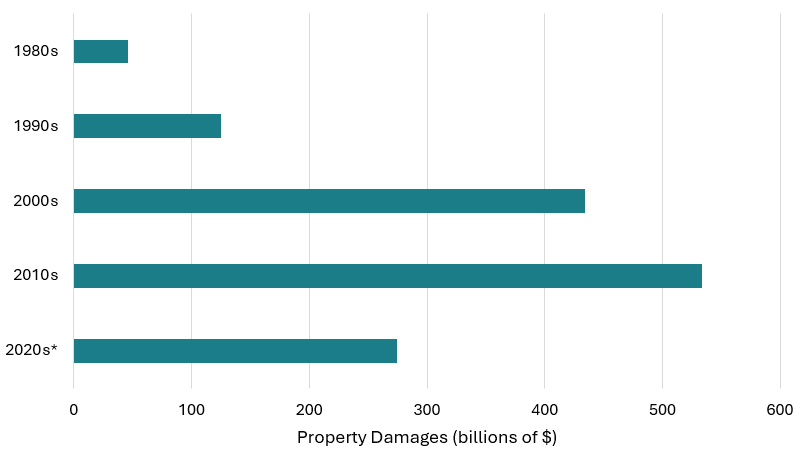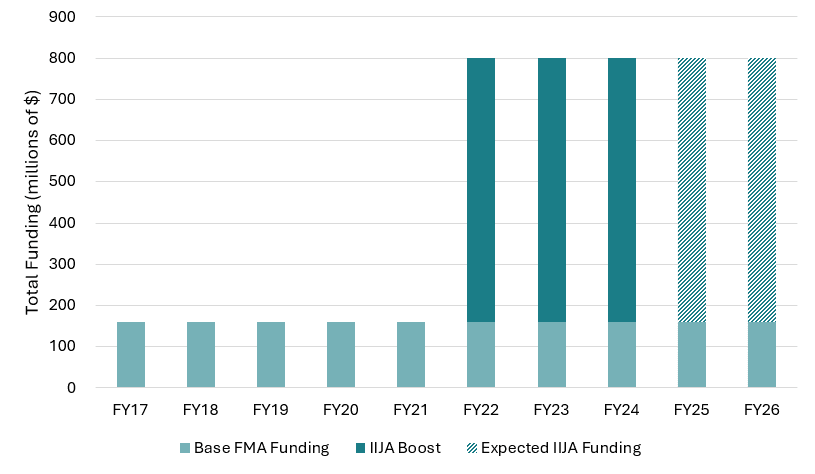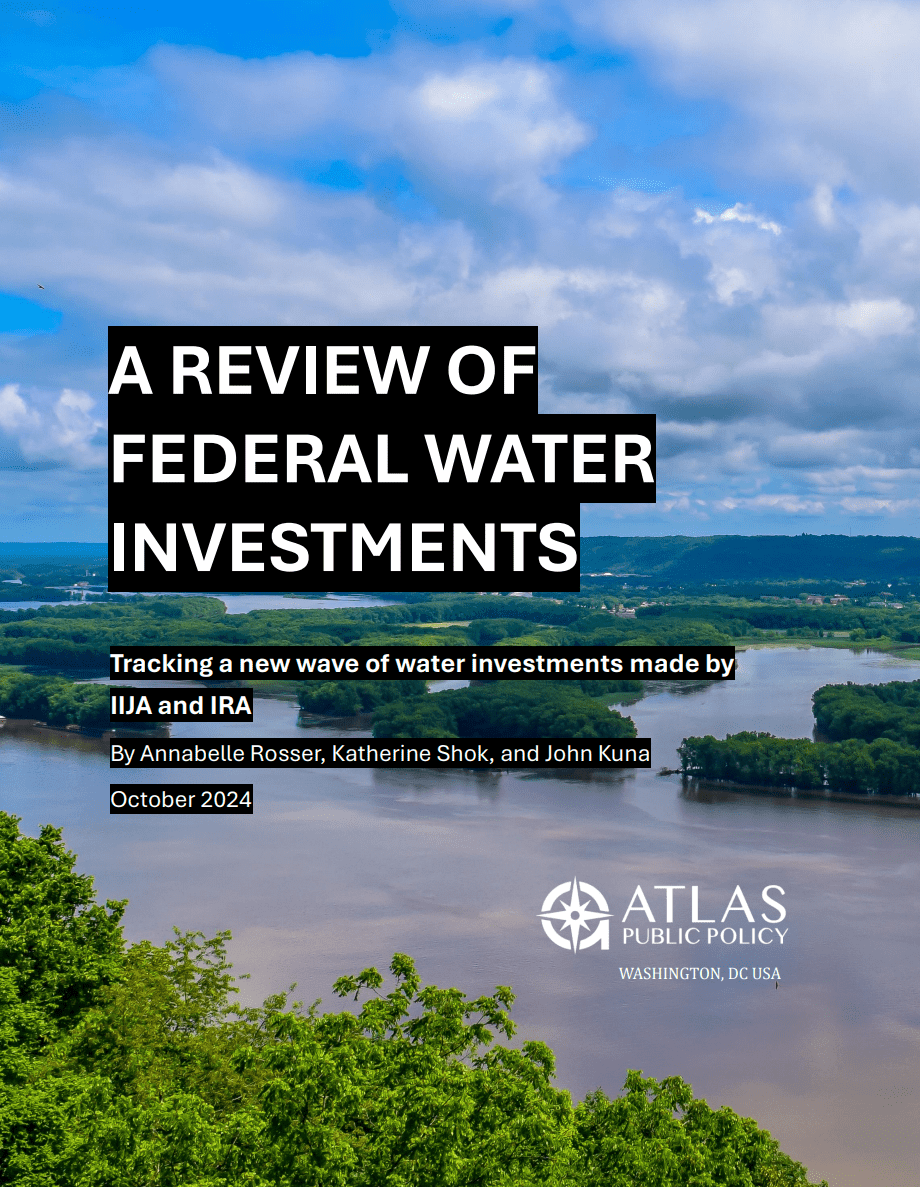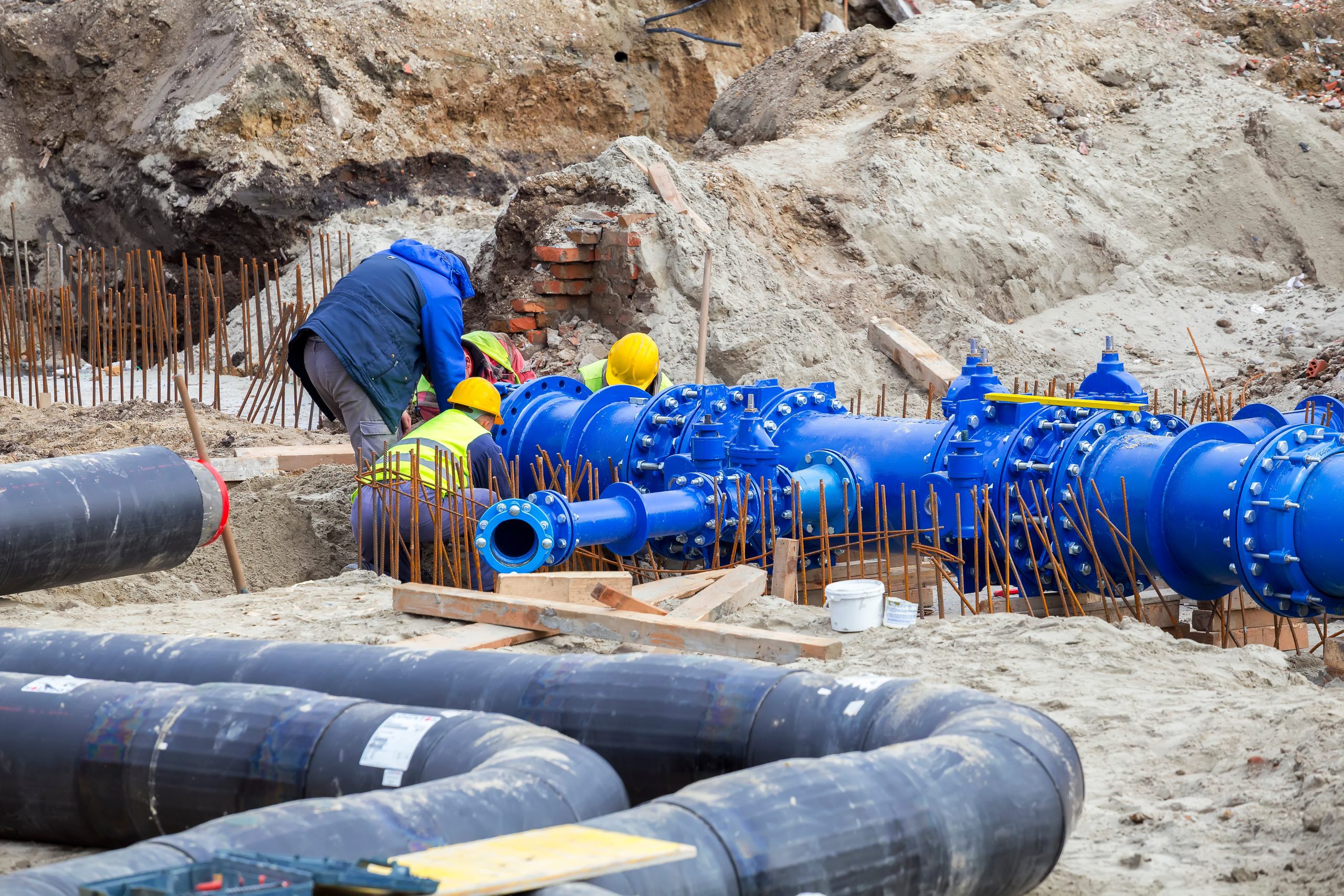
The 2024 hurricane season has begun in earnest, putting tens of millions of Americans and billions of dollars of infrastructure at risk. The National Oceanic and Atmospheric Association (NOAA) predicts that 2024 will likely experience an above-normal season due to warming ocean temperatures, La Niña conditions in the Pacific, and reduced Atlantic trade winds and wind shear. These conditions are expected to lead to 17 to 25 named storms — four to seven of which are likely to be major hurricanes (Category 3 or higher).
Wasting no time, Hurricane Beryl, just the second named storm of the season, became the earliest ever Category 5 hurricane on record with winds topping out at 165 mph on July 2. The storm made landfall in Texas on July 8 as a Category 1 hurricane and caused dozens of tornados as it made its way over the United States. Early estimates put the total damage from Beryl between $28 billion to $32 billion.
Figure 1: Property Damage from “Billion-Dollar Storms” Rising Steadily

*2020s only includes damages from storms up to 2023 | Data reflects the costs of damage done only by hurricanes and tropical storms that caused one billion dollars or more in damages, adjusted for CPI.
Source: National Centers for Environmental Information – Billion-Dollar Weather and Climate Disasters
Since 1980, “billion-dollar tropical cyclones” like Beryl that cause at least one billion dollars in damages in the United States have accounted for $1.3 trillion in damages — nearly half of all damages across all types of weather and climate disasters — and are responsible for approximately 6,900 fatalities. These storms have become increasingly more damaging due to higher population densities and infrastructure values in regions historically affected by hurricanes and tropical cyclones. While climate change is already worsening severe storms, NOAA anticipates that continuing climate changes will significantly intensify tropical storms and hurricanes. Rising sea levels and increasing precipitation rates will exacerbate storm surge events, adding to the damages to U.S. infrastructure and citizens.
The United States has long recognized the need to better prepare coastal and flood-prone areas to mitigate damages caused by these storms. In 1994, Congress passed the National Flood Insurance Reform Act, establishing the Flood Mitigation Assistance (FMA) grant program. The FMA program, administered by the Federal Emergency Management Agency (FEMA), offers communities pre-disaster funding to advance flood mitigation efforts. From fiscal year 2017 (FY17) through FY21, the FMA program had received a consistent $160 million in annual appropriations.
Figure 2: IIJA Quintuples Funding for Flood Mitigation Assistance Program (FY2017-2026)

Source: Water Portals Opportunities Dashboard and FEMA’s Budget Summaries for Fiscal Years 2017 – 2024.
However, the Biden Administration’s Infrastructure Investment and Jobs Act (IIJA), has appropriated an additional $3.5 billion to the FMA program with approximately $700 million allocated annually from FY22 to FY26, increasing the total budget through FY26 to $800 million. This quintuples the available funding from what was appropriated in the previous five years (FY17 to FY21). The Biden Administration also made the FMA and its sub-components more aligned with the Justice40 Initiative by increasing the maximum cost share the federal government will cover to 90 percent, making it easier for disadvantaged communities to afford large-scale projects. Communities not considered disadvantaged are eligible for up to 75 percent coverage.
Thanks to IIJA, FEMA also established a new initiative under FMA in March 2022, Swift Current. Unlike the rest of the FMA program, which requires applications be submitted before a flood occurs, Swift Current is a post-disaster funding program that applicants apply for after a flood causes damage. The initiative is intended to support flood mitigation activities to reduce future damages from flooding for National Flood Insurance Program-insured properties that have a history of repetitive or substantial damage from flooding. To apply, the state, territory, or Tribal Nation must receive a major disaster declaration following a flood-related disaster event that caused the damages.
Oftentimes, properties prone to flood damage are stuck in a vicious damage-repair cycle. A property experiences flood damages that are repaired or in the process of repair, only to see another flood cause yet more damage that needs repairing. Swift Current aims to disrupt this cycle by providing funds directed toward flood mitigation activities to prevent or reduce the risk of flood damage to a property, as quickly and equitably as possible.
Swift Current funding is available outside the normal FMA grant process. Once a major flood disaster is declared and a property meets the necessary criteria, states have 120 to 150 days to submit a grant application for eligible flood mitigation activities. Eligible activities include structure elevations, dry floodproofing, structural retrofits, non-structural retrofits, mitigation reconstruction, property acquisition, and structure demolition or relocation.
When Swift Current began in 2022, FEMA did not release a grant opportunity. Rather, its initial $60 million in funds were made available to four states affected by Hurricane Ida: Louisiana, Mississippi, Pennsylvania, and New Jersey. In 2023, FEMA released a $300 million grant, which has been awarded to 21 states and one Tribal Nation thus far. On May 30, 2024, FEMA released another grant opportunity for $300 million.
Figure 3: Swift Current Funding Goes to 21 States and One Tribal Nation
States can still take advantage of the 2023 and 2024 grants. The 2023 grant is open until January 15, 2025, while the 2024 grant closes January 15, 2026. More details on eligibility can be found in the full Notice of Funding Opportunity announcements for each grant. Applicants can use the FEMA Grants Outcomes platform to apply. These programs and more are tracked on the Water Program Portal’s Opportunities Dashboard.
As flooding inevitably becomes more common and intense, the Swift Current initiative arrives at an opportune time. By combining existing pre-disaster FMA grant opportunities with the new post-disaster Swift Current rolling grants, FEMA has enhanced flood mitigation funding to help flood-prone communities more quickly, effectively, and equitably reduce the impacts of flooding on Americans nationwide.


